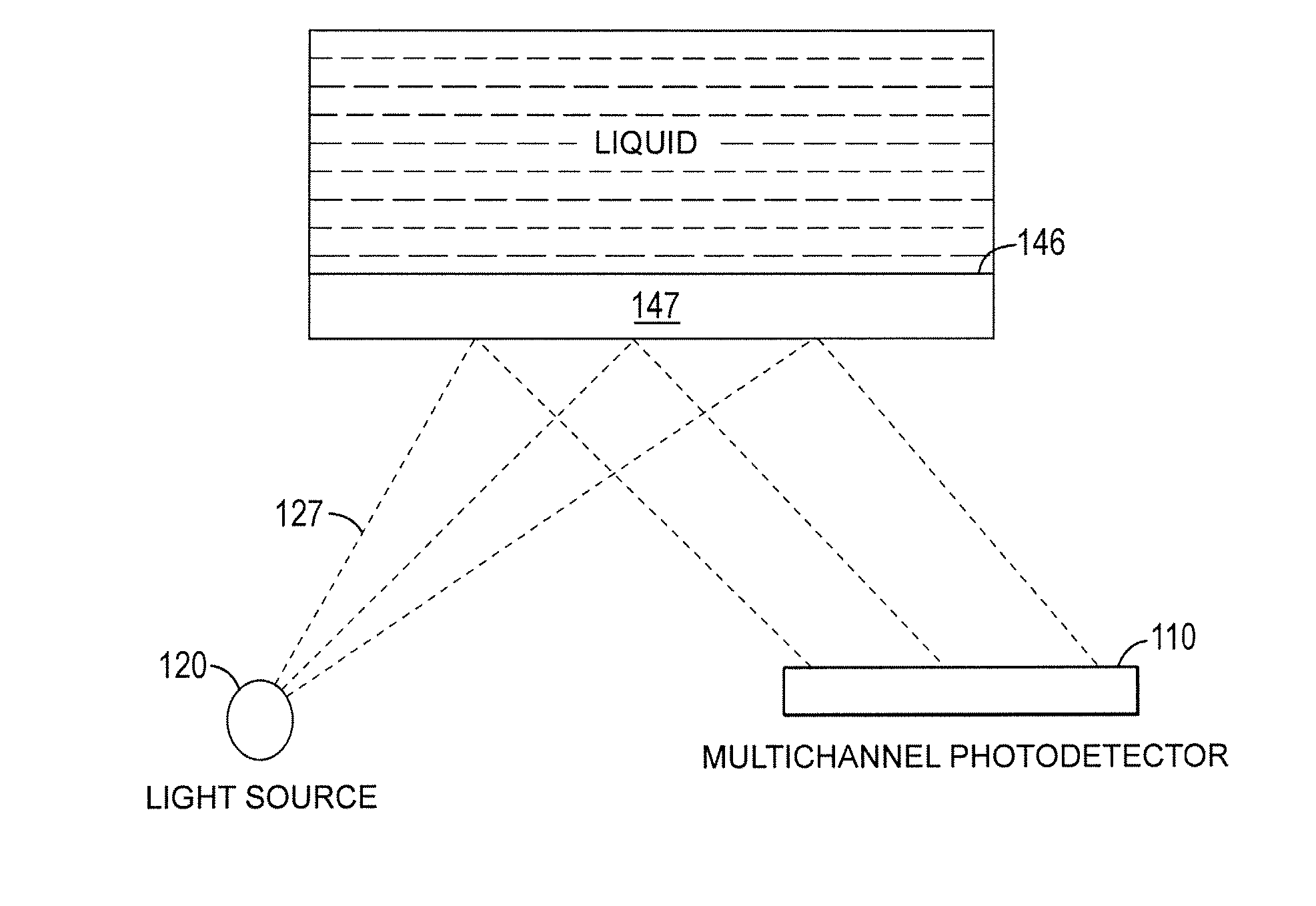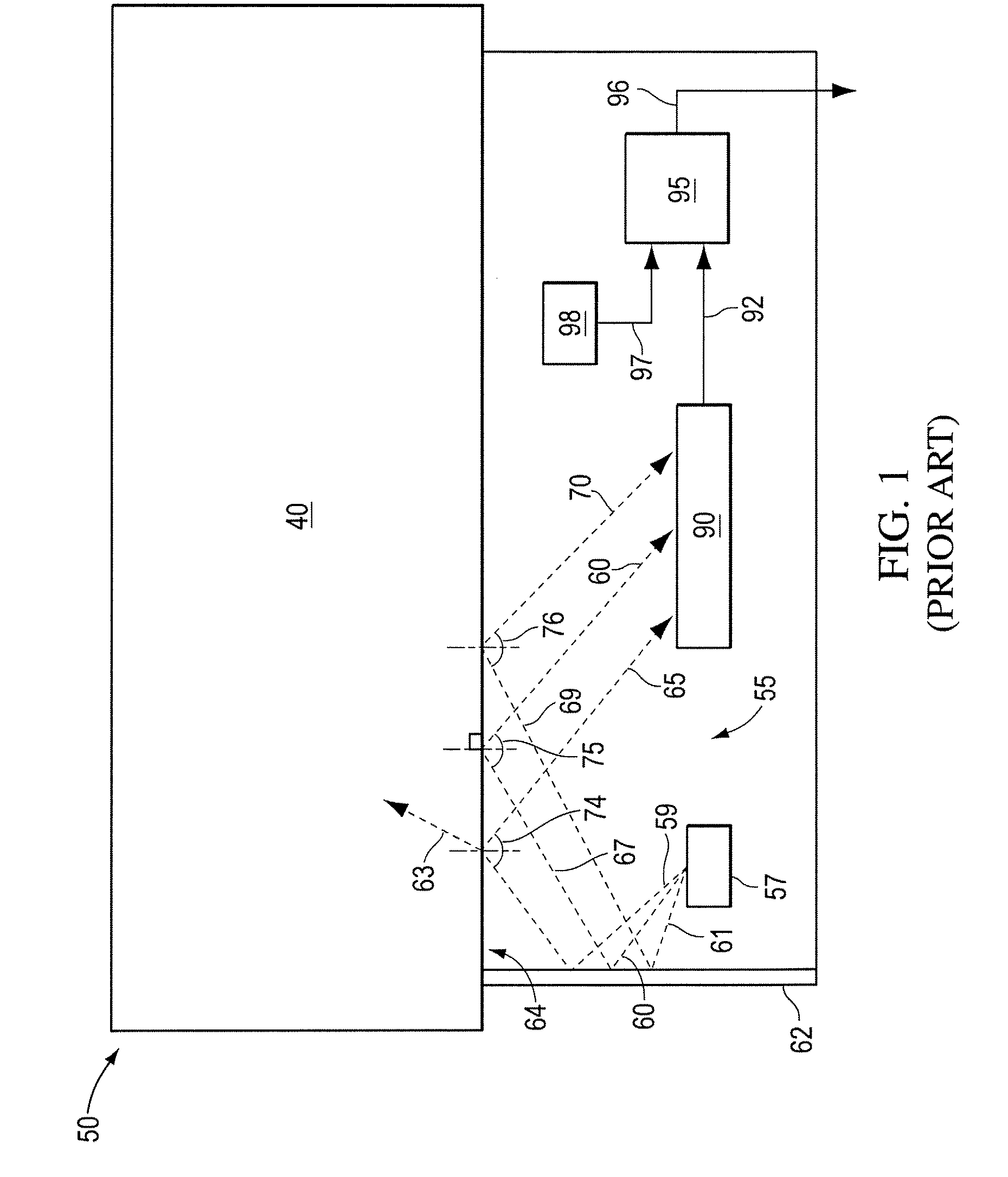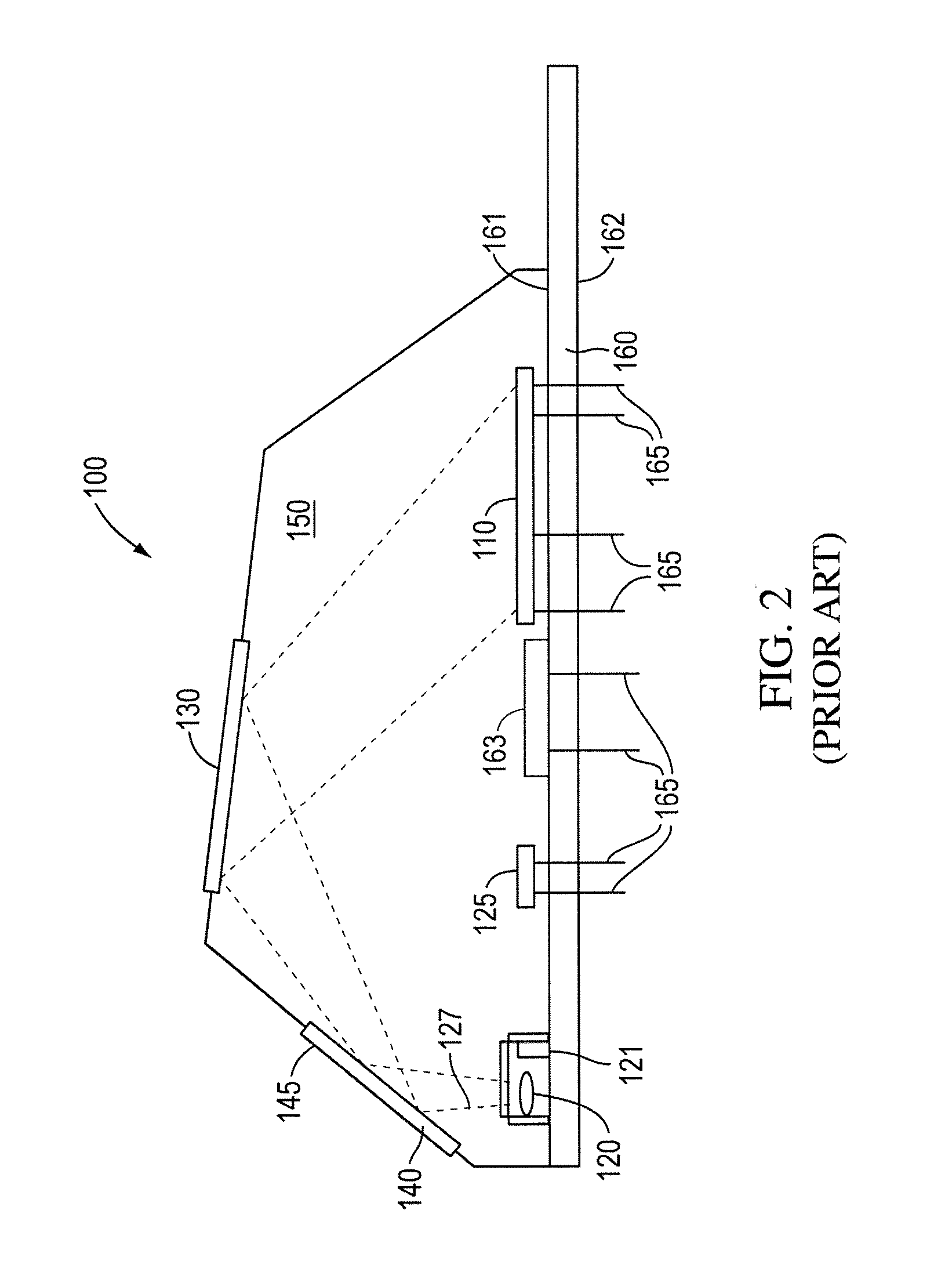Method and apparatus for a liquid chemical concentration analysis system
a concentration analysis and liquid chemical technology, applied in the field of analytical chemical instruments, can solve the problem that the index of refraction measurements in themselves do not provide information on chemical concentration, and achieve the effect of cost-effective and convenient integration into many applications
- Summary
- Abstract
- Description
- Claims
- Application Information
AI Technical Summary
Benefits of technology
Problems solved by technology
Method used
Image
Examples
Embodiment Construction
[0067] According to embodiments of the present invention, a chemical concentration analysis sensor and system for liquids are described. In the preferred embodiment, the analysis sensor is used in situ and at the point-of-use. The analysis sensor and system are applicable to many liquid chemical applications. The sensor analyzes concentration for acids, bases, aqueous-based liquids, solvents, slurries, and ultrahigh purity, caustic and corrosive liquids. The invention is useful in manufacturing facilities, water treatment and water recycling / reclaim systems (both industrial and municipal), medical applications, and ground and surface water sources.
[0068] In various embodiments, the invention can be integrated into liquid recycling systems, municipal water treatment facilities and into small scale at home water treatment systems. The present invention may be connected to a flowing liquid via input and output lines, immersed into a static reservoir or injected with a sample of a liqu...
PUM
| Property | Measurement | Unit |
|---|---|---|
| critical angle | aaaaa | aaaaa |
| temperatures | aaaaa | aaaaa |
| temperatures | aaaaa | aaaaa |
Abstract
Description
Claims
Application Information
 Login to View More
Login to View More - R&D
- Intellectual Property
- Life Sciences
- Materials
- Tech Scout
- Unparalleled Data Quality
- Higher Quality Content
- 60% Fewer Hallucinations
Browse by: Latest US Patents, China's latest patents, Technical Efficacy Thesaurus, Application Domain, Technology Topic, Popular Technical Reports.
© 2025 PatSnap. All rights reserved.Legal|Privacy policy|Modern Slavery Act Transparency Statement|Sitemap|About US| Contact US: help@patsnap.com



